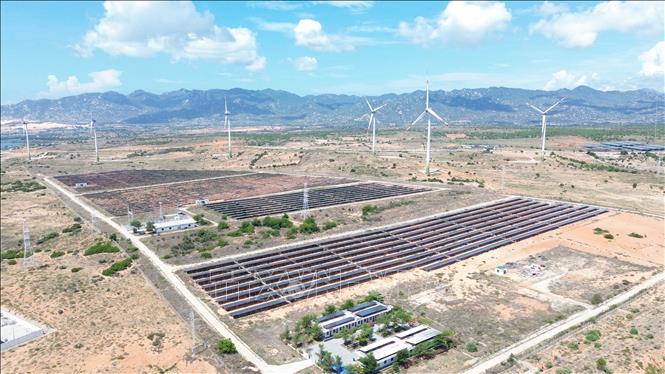
Last post: Clean energy links
The 500 kV transmission corridor from the plateau to the sea not only helps to release tens of thousands of MW of renewable electricity in the medium and long term but also forms an inter-regional clean energy axis, contributing to realizing the goal of "net zero emissions" by 2050 and bringing Vietnamese energy to the region. This axis is also clearly defined in Resolution No. 70-NQ/TW dated August 20, 2025 of the Politburo on ensuring national energy security until 2030, with a vision to 2045 and Decision 1415/QD-TTg approving the Strategy for the development of Vietnam's electricity industry until 2030, with a vision to 2050.
Forming a new energy axis
In the national energy transition structure, the Central Highlands is identified as one of the key corridors, thanks to its potential and strategic position in the transmission system. Connecting the two poles of Lam Dong - Khanh Hoa, from clean power sources on the plateau down to the LNG corridor and seaport, is opening up an inter-regional energy axis that meets the goals set out in the electricity industry development strategy.
The policy framework for this transition was clearly defined by the Central Government in Resolution No. 70-NQ/TW dated August 20, 2025 of the Politburo on ensuring national energy security until 2030, with a vision to 2045, and Decision No. 1415/QD-TTg approving the Strategy for the development of Vietnam's electricity industry until 2030, with a vision to 2050 of the Prime Minister, which prioritized the development of electricity sources, grids and markets in the South Central Coast - Central Highlands region as a "strategic energy axis" of the whole country. On that corridor, Lam Dong is the pole of renewable energy sources, while Khanh Hoa plays the role of a center for transmission infrastructure and coastal LNG (liquefied natural gas).
Decision 1415/QD-TTg clearly states that from 2030, Vietnam will export about 400 MW of electricity. By 2035, it will be possible to export to ASEAN countries with a scale of more than 10,000 MW or higher... To achieve that goal, the electricity industry will develop ultra-high voltage direct current transmission lines connecting the Central Central, South Central and Northern regions to strongly exploit the potential of offshore wind power. Research on connections across Asia - Pacific.
Decision 1415 also clearly states that by 2030, two inter-regional renewable energy industrial and service centers will be formed, including: renewable energy power plants with a capacity of 2,000 - 4,000 MW (mainly offshore wind power); factories producing renewable energy equipment, new energy production equipment; equipment and means of transport, construction, installation of renewable energy equipment; ancillary services; green industrial zones, low carbon emissions; research centers, training facilities on renewable energy. The Khanh Hoa - Lam Dong area after the merger meets all these standards.
Director of Lam Dong Electricity Company Phan Sy Duy said that the local electricity industry is urgently preparing for the connection in the next 5 years. In 2025 alone, the Company has invested in the construction of 127 power grid projects, including 25 110kV grid projects; 102 medium and low voltage grid projects. At the same time, it is implementing the "110kV grid development investment plan from 2026 to 2030" in the area. According to the plan, in the next 5 years, Lam Dong is expected to invest with a total capacity of 110kV substations increasing by 955 MVA and 110kV lines increasing by 745.8 km.
Energy corridors extending to the region
Khanh Hoa plays a key role in infrastructure - transmission and LNG, connecting the Central Highlands with the coast, and planning a large-capacity LNG power center. This province becomes the "output" of the highland energy flow, and at the same time is a national-scale LNG import - regasification - power generation center. Meanwhile, Lam Dong currently not only ensures energy autonomy but also has a large surplus capacity to support the load of neighboring regions, becoming an important link in the national clean energy chain.
Infrastructure connectivity and international cooperation expansion are the issues that the Central region is aiming for. This corridor is attracting strong interest from a series of powerful energy corporations in the world; large corporations from the US and Denmark are already investing.
Head of the Khanh Hoa Economic Zone and Industrial Zone Management Board Tran Minh Chien informed that in the province's development strategy, Van Phong Economic Zone will be the LNG energy center. Currently, Millennium Energy Company (USA) is conducting investment research on the Van Phong LNG Power Center project and LNG Terminal Warehouse with an area of about 360 hectares. Both investment items have a total capital of more than 27 billion USD; of which, Van Phong LNG Power Center has a capacity of 4,800 MW with 4 units, investment capital of 4.7 billion USD. It is expected that phase 1 of the project will be commercially operated from 2027 to 2030 and phase 2 after 2030.
Meanwhile, the Son My project chain (Ham Tan district, old Binh Thuan - now Lam Dong province) is identified as the spearhead of gas - electricity energy in the South Central region. The 1st Lam Dong Provincial Party Congress has included the Son My I, Son My II BOT Power Plant projects, and the Son My LNG port warehouse in the list of key projects prioritized in the period 2026 - 2031.
Son My I and Son My II LNG thermal power plants have a total designed capacity of nearly 4,500 MW and a total investment of approximately 4.3 billion USD. Son My I is invested by a consortium of EDF (France), Kyushu Electric Power and Sojitz (Japan) and Pacific Group (Vietnam), with a capacity of 2,250 MW and a capital of approximately 2.2 billion USD. Son My II is invested by AES Group (USA), with a capacity of 2,250 MW and a capital of approximately 2.1 billion USD. Both projects have completed important legal procedures with the goal of commercial operation in 2028.
General Director of Vestas Development Vietnam, Mr. Le Duc Cuong commented that Lam Dong – Khanh Hoa area is one of the regions with the best wind power potential in Southeast Asia. If the transmission infrastructure is invested synchronously, this area can completely become a regional center for wind power production and export.
On the local side, Vice Chairman of Lam Dong Provincial People's Committee Le Trong Yen affirmed that he will create favorable conditions for renewable energy investors, and coordinate with the Ministry of Industry and Trade and coastal provinces to synchronize the planning of sources - grid - LNG. The province also proposed that the Government amend the Investment Law and Decree 31/2021/ND-CP, allowing to shorten the procedures for approving investment policies for power grid projects serving the community.
Once the infrastructure and investment mechanism are aligned, the Lam Dong – Khanh Hoa energy axis will not only serve the region, but can also expand national and international connections. Domestically, this is the most important transit axis of the Central Highlands, bringing electricity from the highlands and offshore to the South – where major industrial centers are concentrated.
Internationally, this area is located near connecting power corridors and can become a connection point for exporting electricity to the ASEAN market in the period after 2035, in line with the orientation of Resolution No. 70-NQ/TW dated August 20, 2025 of the Politburo on ensuring national energy security until 2030, with a vision to 2045. From there, promote the connection of the energy system with countries in the region, participating in the ASEAN and Asian regional electricity markets.
In the long term, the formation of an “energy export axis” along the central coast, with Lam Dong as a domestic source and Khanh Hoa as a sea gateway, will help Vietnam transform from an energy importer to a clean electricity exporter.
In the context of Vietnam's determination to achieve the goal of energy transition and emission reduction, the Lam Dong - Khanh Hoa clean energy axis not only has economic significance but also has national strategic significance. When the transmission lines, LNG infrastructure and mechanisms are completed, the Lam Dong - Khanh Hoa clean energy axis will become one of the country's new "energy backbones", where wind, sun and sea meet, creating a sustainable green energy flow, reaching out to the region and the world.
Source: https://baotintuc.vn/kinh-te/truc-nang-luong-xanh-vuon-ra-bien-lon-bai-cuoi-20251008194539422.htm



![[Photo] Prime Minister Pham Minh Chinh attends the World Congress of the International Federation of Freight Forwarders and Transport Associations - FIATA](https://vphoto.vietnam.vn/thumb/1200x675/vietnam/resource/IMAGE/2025/10/08/1759936077106_dsc-0434-jpg.webp)
![[Photo] Prime Minister Pham Minh Chinh inspects and directs the work of overcoming the consequences of floods after the storm in Thai Nguyen](https://vphoto.vietnam.vn/thumb/1200x675/vietnam/resource/IMAGE/2025/10/08/1759930075451_dsc-9441-jpg.webp)





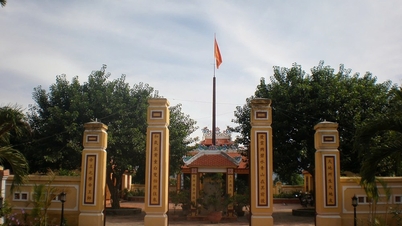



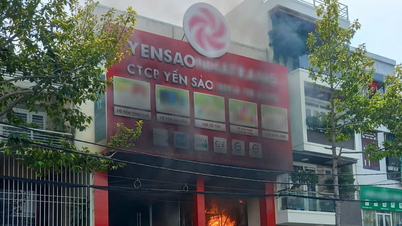


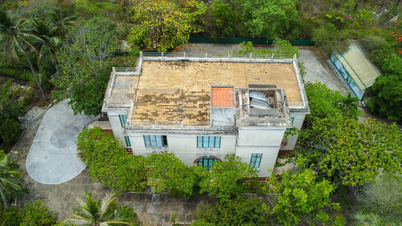



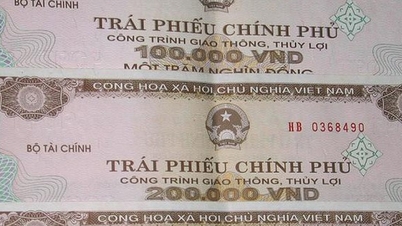








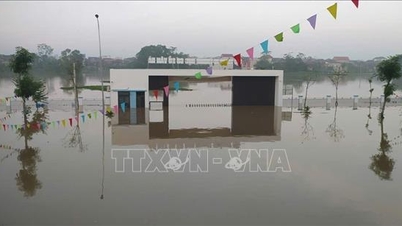

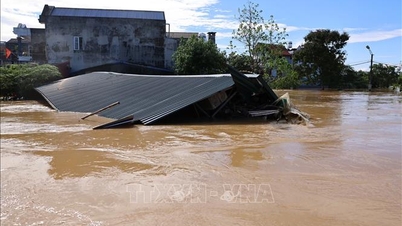

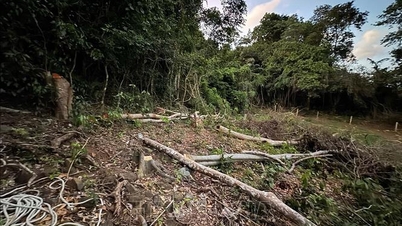

![[Photo] Closing of the 13th Conference of the 13th Party Central Committee](https://vphoto.vietnam.vn/thumb/1200x675/vietnam/resource/IMAGE/2025/10/08/1759893763535_ndo_br_a3-bnd-2504-jpg.webp)






































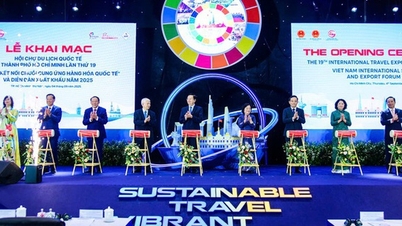










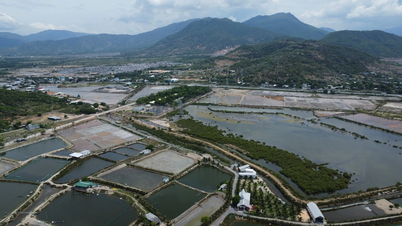


















Comment (0)